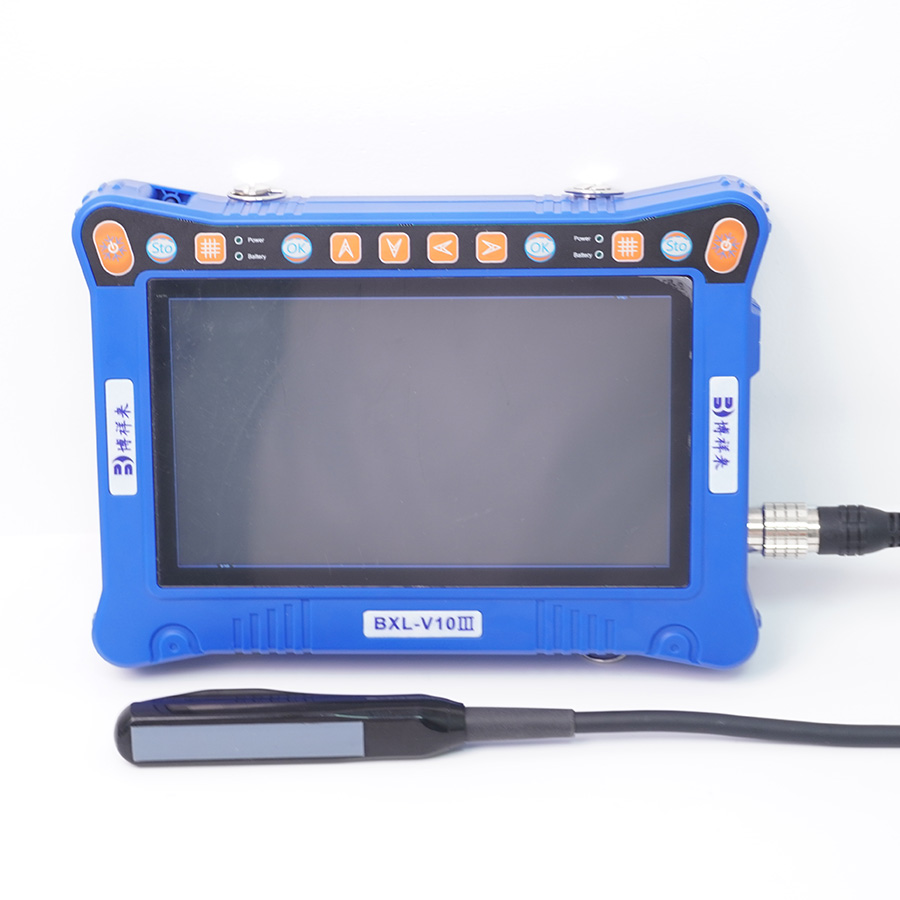Portable medical devices have made significant strides in healthcare delivery, and among them, portable BXL ultrasound systems are transforming the landscape of diagnostics. Offering mobility, precision, and efficiency, these advanced ultrasound systems are reshaping the way clinicians perform imaging, especially in point-of-care settings. In this article, we will explore what a portable BXL ultrasound is, its benefits, applications, and how it is changing medical diagnostics.

What is a Portable BXL Ultrasound?
The term "portable BXL ultrasound" refers to compact, mobile ultrasound machines designed for easy transport and use across various medical environments. Unlike traditional bulky ultrasound systems, these portable devices are lightweight and can be carried to the bedside or taken into remote locations, making them ideal for point-of-care diagnostics.
The BXL model, in particular, incorporates cutting-edge technology that provides high-resolution imaging, intuitive operation, and real-time diagnostics. These machines are designed to deliver the same level of diagnostic accuracy as their larger counterparts while offering more flexibility and ease of use.
Key Features of Portable BXL Ultrasound
Here are some of the key features that set BXL portable ultrasound machines apart from other portable imaging solutions:
High-Quality Imaging: BXL ultrasound devices provide high-definition imaging that ensures accurate diagnostics, even in challenging environments.
Compact Design: Their lightweight and ergonomic design allows for easy portability, making them ideal for clinics, emergency rooms, and fieldwork.
Wireless Connectivity: Many portable BXL ultrasounds feature wireless connectivity, enabling clinicians to transmit data instantly to electronic health records (EHR) or consult with other healthcare providers remotely.
Long Battery Life: Designed for portability, these systems often feature long-lasting batteries, allowing them to function for extended periods without the need for frequent recharging.
User-Friendly Interface: BXL devices are equipped with intuitive touchscreens and software that simplifies complex imaging processes, reducing the learning curve for medical professionals.
Benefits of Portable BXL Ultrasound
1. Point-of-Care Diagnostics
One of the most significant advantages of portable BXL ultrasound systems is their ability to perform diagnostics at the point of care. This eliminates the need for patients to travel to specialized imaging centers, which can be time-consuming and inconvenient. Instead, clinicians can bring the ultrasound directly to the patient, whether they are in an ICU, emergency room, or even in rural locations.
2. Improved Access to Healthcare
In remote or underserved areas where access to advanced imaging equipment may be limited, portable BXL ultrasounds serve as a lifeline. Healthcare providers can perform on-the-spot diagnostics, reducing the need for patient transfers to distant hospitals. This enhances healthcare delivery and ensures faster medical interventions in critical situations.
3. Cost-Effective
Portable ultrasound systems are typically more affordable than full-sized units, making them a cost-effective solution for smaller clinics and practices. Moreover, the reduced need for patient transfers, combined with faster diagnostic capabilities, leads to lower overall healthcare costs.
4. Versatility
The versatility of BXL portable ultrasound systems allows them to be used across a wide range of medical specialties, including emergency medicine, critical care, cardiology, obstetrics, and orthopedics. Their adaptability makes them a valuable tool for general practitioners and specialists alike.
Applications of Portable BXL Ultrasound
Portable BXL ultrasound systems are being utilized in numerous healthcare settings and applications:
Emergency Medicine: Rapid assessment of trauma patients or patients in critical condition can be done at the bedside, aiding in immediate life-saving decisions.
Critical Care: In ICUs, these systems allow for continuous monitoring of patients' conditions without moving them from their beds, enhancing patient safety.
Sports Medicine: Portable ultrasounds are ideal for on-field evaluations of musculoskeletal injuries, allowing physicians to assess injuries without requiring the patient to leave the sporting venue.
Obstetrics: In maternity wards or rural settings, portable ultrasound devices help monitor fetal development, offering a convenient and reliable way to provide prenatal care.
Military and Disaster Relief: Portable BXL ultrasounds are increasingly used in military or disaster-relief operations, where medical personnel need robust diagnostic tools in challenging environments.
The Future of Portable BXL Ultrasound
As technology continues to evolve, the future of portable BXL ultrasound looks promising. Innovations in AI-driven image analysis, cloud-based data storage, and telemedicine integration are expected to make these devices even more powerful and accessible.
With the rising demand for point-of-care diagnostic solutions, portable BXL ultrasounds are expected to play an even more prominent role in primary healthcare, emergency response, and specialized care.
Conclusion
The portable BXL ultrasound is revolutionizing the way healthcare providers perform diagnostics, offering mobility, accuracy, and cost-effectiveness. Whether in rural areas, emergency rooms, or specialized medical settings, these devices provide the flexibility needed for timely and effective patient care. As technology advances, portable ultrasound systems like the BXL model will continue to expand their reach and capability, improving healthcare outcomes worldwide.
tags: Portable BXL Ultrasound


